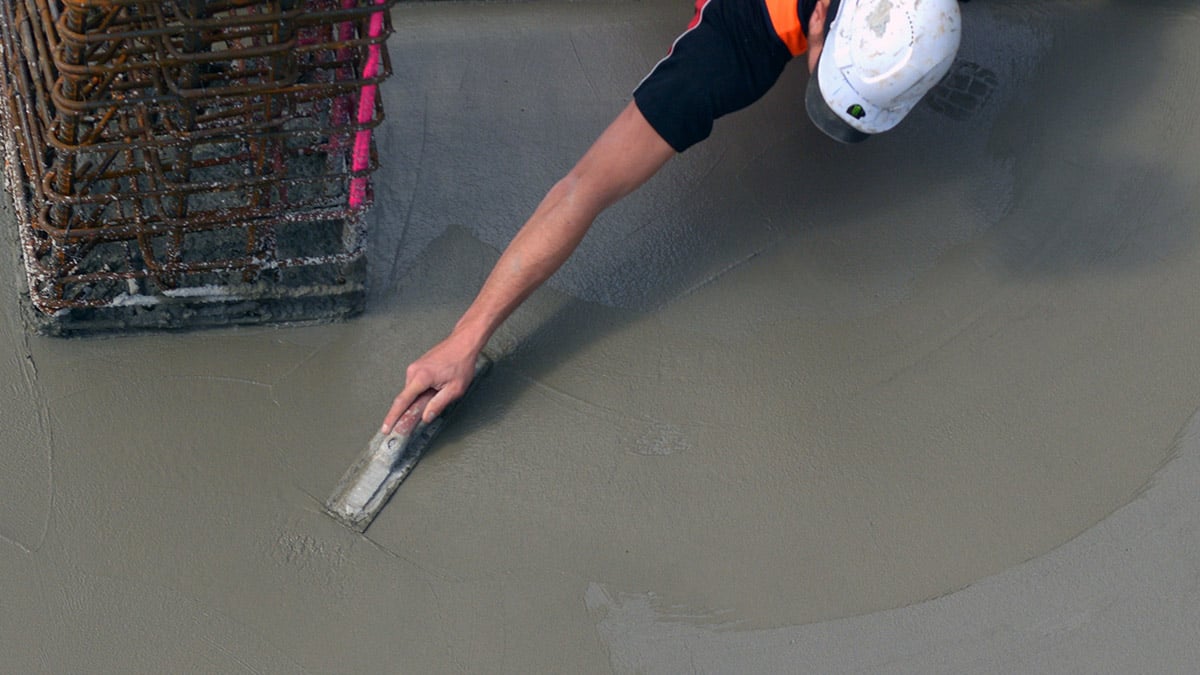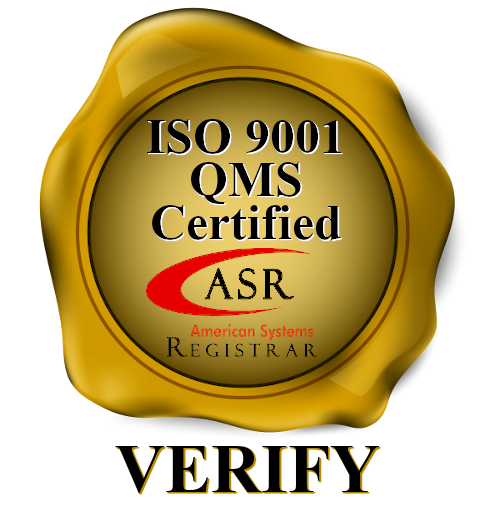Next Generation Flexible, Printed Electronics Materials Bring Next Generation Antennas
It is often said that necessity is the mother of invention, but the history of science and technology has shown that the reverse is often true. As the telecom industry has grown and matured, and as higher over-the-air data rates have become available, computing workloads can be moved from the cloud to the edge, which opens up applications that were formerly the stuff of science fiction. Future IoT devices and 5G products will be processing more data at the edge than ever before, and all while communicating with each other and the cloud. Newer automobiles will also need to communicate with each other and smart infrastructure over VANETs, and they will make greater use of short and long-range radar for ADAS systems, all operating at high GHz frequencies.
Get your free copy of the Evolution of Antenna Materials
The key factor enabling these systems and applications is highly efficient antennas with small form factors and low loss tangent at 10-100 GHz frequencies. When we look at desired form factors for 5G, IoT, and automotive systems, a flexible, transparent antenna material enables new applications that are difficult or impossible with current materials. A flexible antenna could be placed anywhere on the enclosure, which decreases scattering and absorption losses from the enclosure material. This may enable entirely new antenna designs with unique bandwidths and tailored directionality. In addition, the ability to place an antenna over an optical element, such as a display or window, provides designers with even more freedom without sacrificing user experience.
The current antenna solution for these products is copper phased array antennas, which must be etched onto a PCB laminate with low loss tangent at such high frequencies. Other small form factor solutions on the market include chip antennas, a variety of SoCs, and transceiver modules with integrated antennas operating in WiFi, Bluetooth, cellular, and K or W radar bands. These solutions respectively provide antennas with very low sheet resistance or high efficiency in specific RF bands. However, the specialized PCB laminates required to support these solutions carry high costs and restrict designers to planar antennas behind an enclosure. As a result, the enclosure can still interfere with antenna transmission/reception.
TCFs are one class of materials that provide a solution to these design challenges in the above areas. Any TCF must provide high efficiency, high gain, low cost, and low profile, as well as being easily fabricated with unique geometry. A flexible TCF with low sheet resistance can be easily molded to a device enclosure and function as a highly efficient transparent antenna. By engineering the supporting substrate, it becomes possible to tune absorption to the desired RF band without sacrificing transparency at visible wavelengths.
Using a transparent frequency-selective surface (FSS) material as a ground plane also allows the directionality of the antenna in various frequency bands to be tuned. This ability to adapt the material to unique enclosures, tune the absorption band, and tune the radiation pattern with an FSS helps designers maximize signal strength and provide desired directionality. Cost is also a critical factor to ensure scalability and to satisfy upcoming market demand for TCFs, which is expected to exceed $5 billion by 2022.
There is a newer class of TCFs that produce the performance most antennas designers are searching for. Design and integrate a functional antenna without it being obtrusive or sacrificing performance. Incorporate transparent, flexible antennas into appliances, lighting fixtures, and other home furnishings – even windows. AgeNT bridges the gap between technology and the human lifestyle.

.jpg)





















